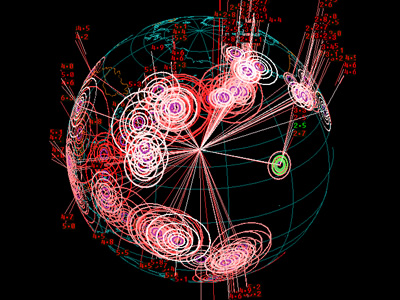

Banff station 1955 – 1966), the federal network of seismic stations was capable of detecting earthquakes of magnitude 6 and larger throughout Canada. The federal government has monitored earthquakes in Canada since the late 1800s. Accurate locations require many stations and a good spatial distribution of the stations. To more robustly determine an earthquake location, seismologists use a computer program, with information about the seismic stations and the local or regional Earth structure, to calculate the location of the earthquake from a starting position of the closest seismic station. For example, how far away an earthquake is can be estimated by the difference in time between the arrival of the P wave and the arrival of the S wave, analogous to estimating how far away a lightning strike is by counting the seconds between the flash and the thunder. The origin time and location (latitude, longitude, and depth) of an earthquake are calculated from the arrival times of seismic waves at three or more stations. Encoded in the data from the seismic stations are several key types of information: the arrival time of the seismic waves at the seismic station, the first motion of ground displacement (up or down, called polarity), the amount (amplitude) of displacement shown by the height of the waveforms (squiggles) on the recording, and the duration of displacement.


 0 kommentar(er)
0 kommentar(er)
